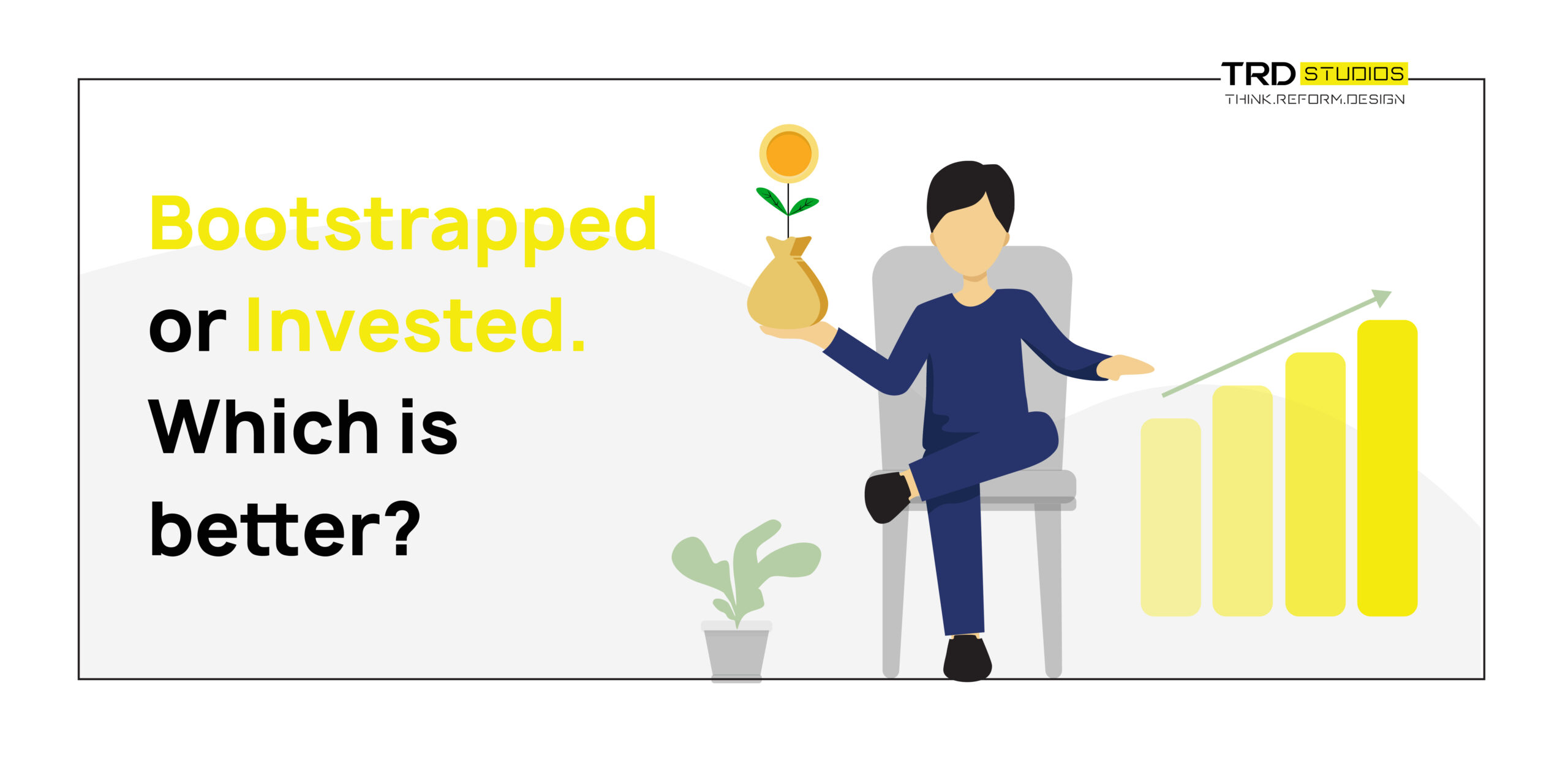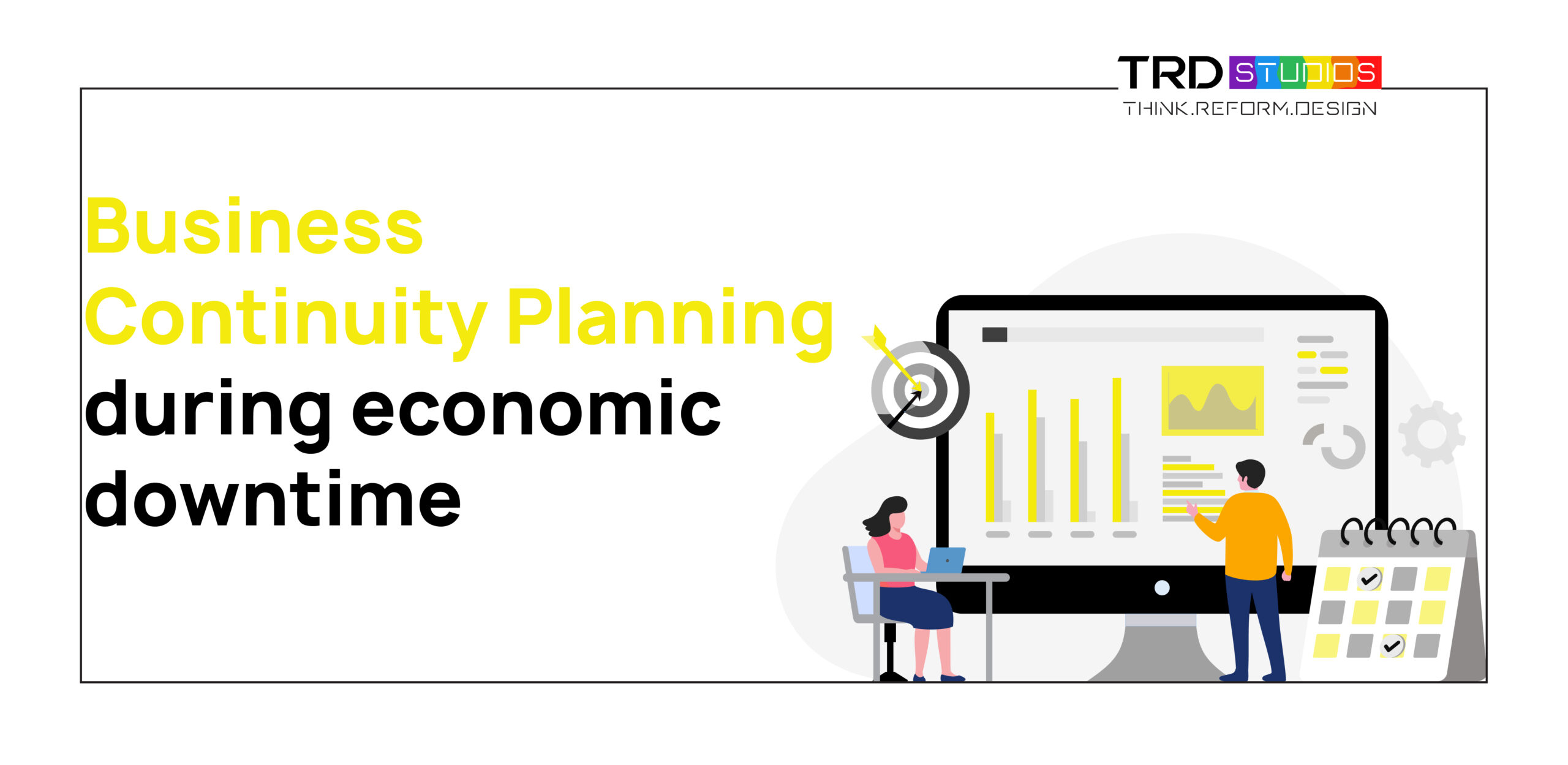Starting a business requires resources, and the most significant resource is money. Entrepreneurs have two primary options when it comes to financing their business: bootstrapping or getting investors.
Both methods have their pros and cons, and ultimately, the decision between the two depends on the individual entrepreneur’s circumstances and goals.
Bootstrapped Vs Investment
Bootstrapping refers to starting a business without external funding, relying instead on personal savings, credit cards, and revenue generated by the business. Entrepreneurs who choose this path must be extremely frugal and disciplined, as they have limited financial resources at their disposal.
Investment involves raising capital from external sources, such as venture capitalists or angel investors. The advantage of this method is that the entrepreneur can obtain a large amount of funding, allowing them to hire staff, invest in marketing, and expand the business quickly.
Check our recent blog on Choosing the right Pricing Strategy for your products.
Pros and cons of Bootstrapping
One of the most significant benefits of bootstrapping is that the entrepreneur keeps entire management of the business. There are no investors to answer to, and the entrepreneur can make decisions without having to consider the interests of others.
Another advantage of bootstrapping is that the entrepreneur does not have to give up equity in the business. This means that if the business becomes successful, the entrepreneur will reap all the financial rewards.
However, bootstrapping also has its drawbacks. The entrepreneur must be prepared to work long hours, as they will have to perform many tasks themselves instead of hiring staff.
Additionally, bootstrapping can limit the growth of the business, as the entrepreneur may not have the financial resources to invest in marketing or hiring employees.
In recent years, we have seen many successful bootstrapped startups. One of the most notable is Ola Cabs. Despite multiple challenges faced in the beginning due to limited resources, Ola took a technology driven approach which ultimately helped their growth.
Pros and Cons of Investment
Additionally, investors often provide valuable expertise and connections, which can help the business grow and succeed. Furthermore, if the business becomes successful, the entrepreneur can sell their stake to the investors for a significant return.
However, obtaining investment comes with a cost. Investors will want a say in the business’s direction, and the entrepreneur will have to cede some control. Furthermore, investors will expect a return on their investment, which means that the entrepreneur will have to sacrifice a portion of the profits.
Conclusion – Bootstrapped or Invested
In conclusion, whether to bootstrap or seek investment depends on the entrepreneur’s goals and circumstances. Bootstrapping is ideal for entrepreneurs who want to retain complete control of their business and are willing to work long hours with limited resources.
On the other hand, investment is suitable for entrepreneurs who want to scale their business quickly and are willing to give up some control and a portion of the profits.
Ultimately, the decision should be made based on the entrepreneur’s vision for their business and their willingness to take risks. These risks, however, can be managed by using a comprehensive financial feasibility study of the business.
For entrepreneurs who are just starting out and want to bootstrap their startups, our AI based financial feasibility study will help make the right decision.




